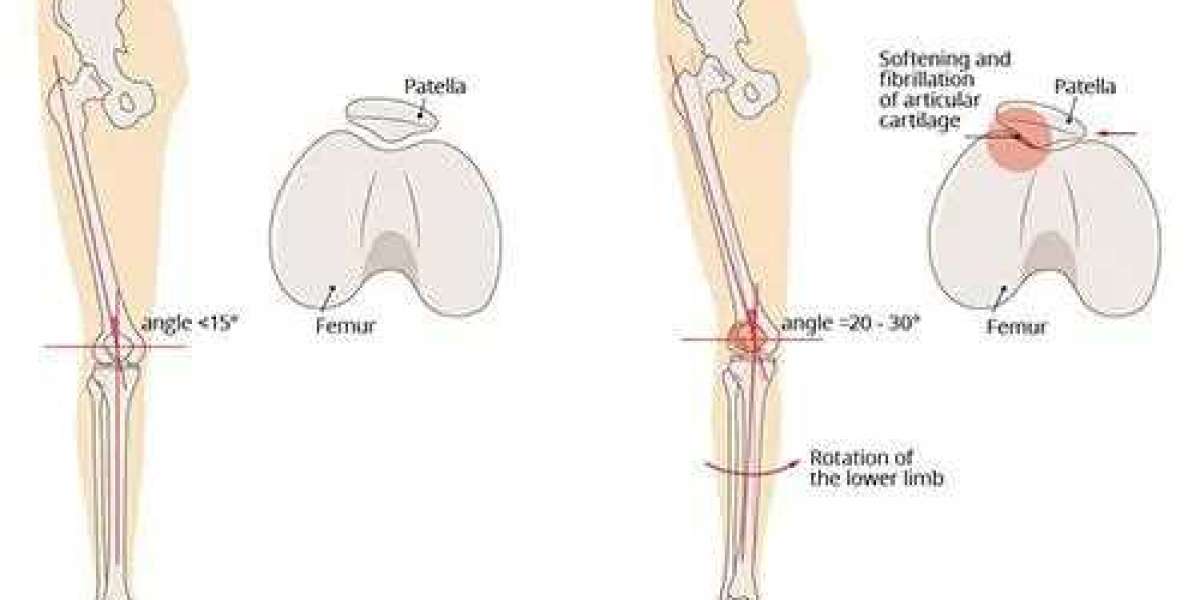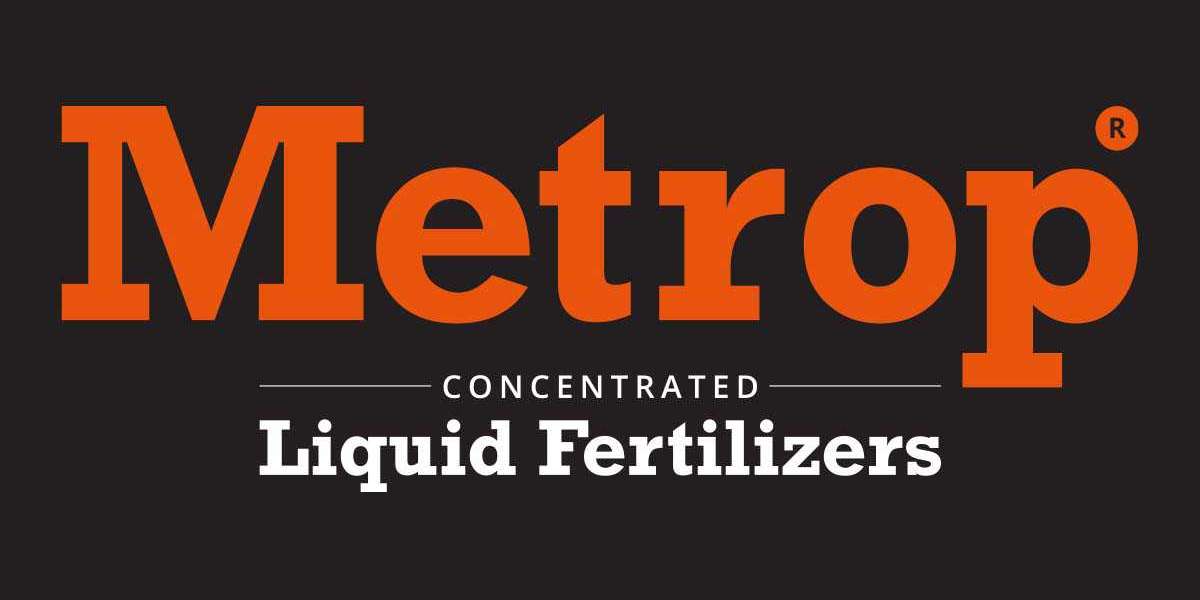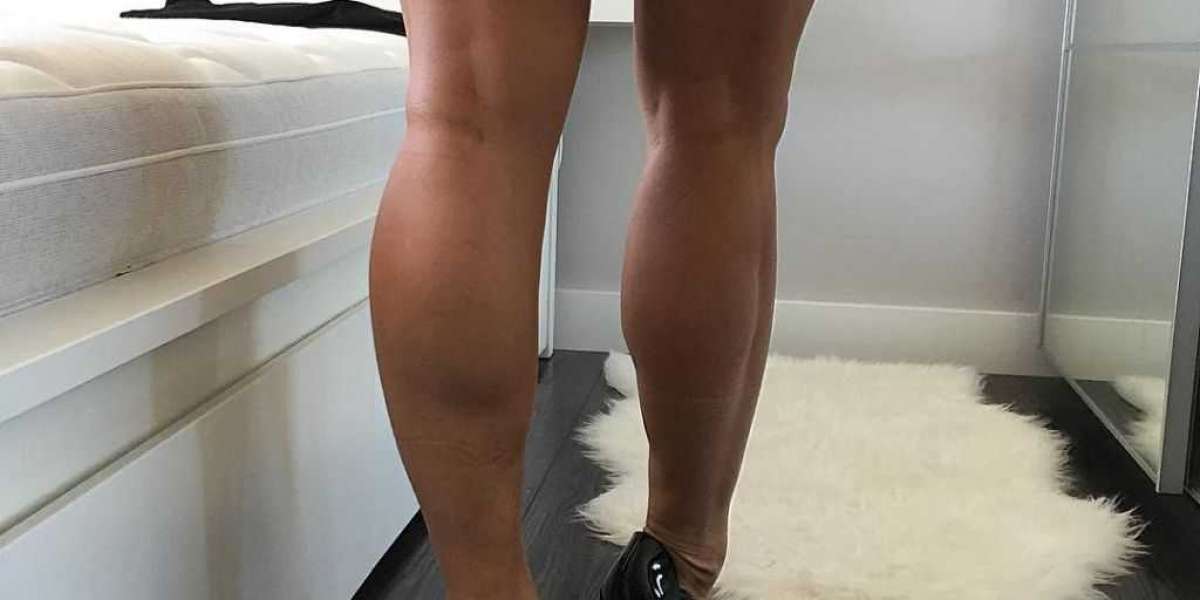Runner’s knee, also known as patellofemoral pain syndrome (PFPS), is a common overuse injury that affects runners and athletes. It presents as pain around or behind the kneecap, often due to repetitive impact, muscular imbalances, or biomechanical issues. At Progressive Sports Medicine, we emphasize a personalized approach to treating runner’s knee, ensuring treatments align with each patient’s unique condition and pain contributors. While surgery is sometimes considered, evidence supports non-surgical treatments as the primary approach to improving pain and function.
Understanding Runner's Knee and Its Treatment
Patellofemoral pain syndrome is typically associated with knee movement, particularly repetitive stress caused by running, jumping, or activities that heavily involve the knee. Even when there is notable wear of the patellar cartilage or early signs of osteoarthritis in the patellofemoral joint, non-surgical interventions are often highly effective in alleviating pain and restoring function.
Multimodal treatment programs, typically lasting at least six weeks, have proven to be very effective. These programs incorporate several components, such as education, exercise therapy, taping, and other targeted treatments.
1. Exercise Training and Strengthening
A crucial aspect of runner’s knee recovery is progressive exercise therapy. Once initial pain is controlled, a targeted exercise program helps strengthen the muscles that stabilize the hip and knee. Strengthening the quadriceps, in particular, plays an essential role in maintaining patellar alignment and reducing strain on the knee.
Training often includes core stability exercises, such as those found in Pilates, which improve overall movement quality. By reinforcing core stability, these exercises can prevent recurring pain by enhancing movement control and reducing undue stress on the knee. A comprehensive exercise regimen also focuses on quadriceps and hamstring lengthening to improve flexibility, which aids in minimizing strain on the knee.
2. Patella Taping
Taping the patella has shown significant immediate benefits, with studies indicating up to a 50% reduction in pain for some individuals. This technique involves applying adhesive tape to the knee in a way that alters kneecap alignment, reducing the load on the patellar tendon. By adjusting the positioning and movement of the patella, taping can effectively decrease pain and improve the comfort of performing strengthening exercises.
3. Bracing
Bracing is another viable option for stabilizing the patella, especially during exercise. A knee brace or athletic tape can help keep the patella in place, reducing misalignment that could otherwise exacerbate pain. Bracing is often recommended for patients who continue to engage in physical activities while recovering from runner's knee, as it offers support and stability for the joint.
4. Orthotics
Orthotic shoe inserts are sometimes prescribed to provide additional support for individuals with foot pronation issues, where the foot rolls inward excessively. By addressing alignment problems in the feet, orthotics help relieve strain on the knee. Custom orthotics can provide specific support based on the patient's foot structure and gait, enhancing stability and reducing pain during movement.
5. Anti-Inflammatory Medications
Nonsteroidal anti-inflammatory drugs (NSAIDs) can be used short-term to manage inflammation and pain, particularly in the initial stages of runner's knee. A typical NSAID regimen lasts about one to two weeks and can effectively alleviate symptoms, allowing patients to focus on rehabilitation exercises without significant discomfort.
6. Injection Therapies
In some cases, corticosteroid injections may be recommended for severe or persistent runner’s knee pain. These injections help reduce inflammation around the patella and provide short-term pain relief, creating a window of opportunity to focus on rehabilitation. It’s important to note that corticosteroids are not a long-term solution; rather, they aim to enable the patient to engage in strengthening exercises with minimal pain.
Another advanced injection therapy is Platelet-Rich Plasma (PRP) therapy. This involves extracting the patient’s blood, concentrating the platelets, and injecting them into the affected knee area to promote healing. PRP therapy is thought to accelerate tissue repair and reduce inflammation, making it a valuable option in cases where other conservative treatments have not succeeded.
7. Education and Pain Management
A critical part of managing runner’s knee is educating patients about the nature of pain and addressing any misconceptions. Pain education, based on a biopsychosocial model, helps patients understand that pain does not always indicate tissue damage. This approach also alleviates fear and anxiety about movement, enabling patients to exercise with confidence and resilience.
It is crucial for patients to understand that the body is constantly healing and adapting to physical stress. With controlled and progressive exercise, these adaptations improve the knee's capacity to handle load, ultimately leading to pain reduction. By encouraging a mindset focused on healing and strength, pain education empowers patients to manage and overcome their condition effectively.
8. Additional Considerations: Activity Modification and Gradual Loading
While undergoing treatment, patients may need to modify their activities to avoid further strain on the knee. Gradual loading and pacing of exercises are essential components of this approach, allowing patients to find the right balance between activity and rest. By increasing exercise load in a controlled manner, patients can rebuild strength and stability in the knee without causing pain flare-ups.
A Path to Recovery at Progressive Sports Medicine
At Progressive Sports Medicine, our team is dedicated to providing patients with a holistic and individualized approach to treating runner’s knee. We believe that a combination of targeted treatments, patient education, and progressive exercises is the key to long-term success in overcoming runner’s knee. Whether you’re an avid runner or someone with an active lifestyle, our specialists will work closely with you to restore function, reduce pain, and get you back on track.
If you’re experiencing symptoms of runner’s knee, don’t wait for the pain to worsen. Contact us today to learn more about our comprehensive treatment options and begin your journey toward recovery. For More Info visit- https://www.progressivespecialists.com.au/runners-knee








